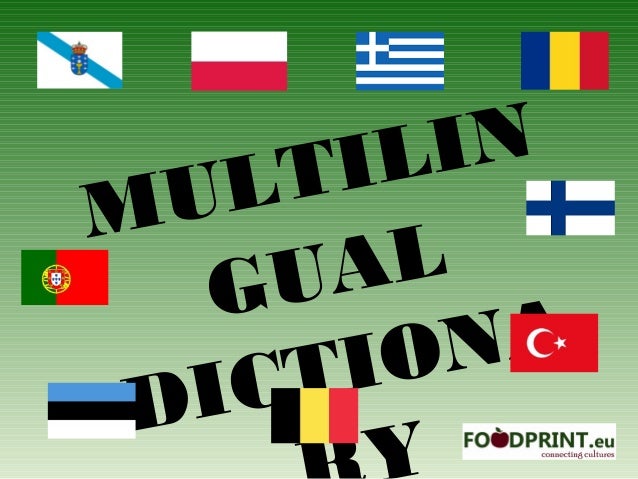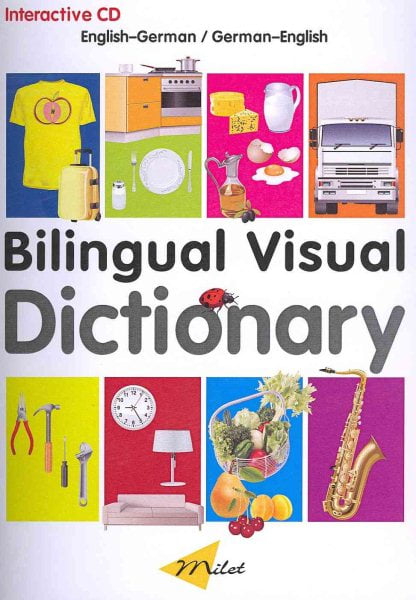
The crawler takes out the title along with the titles of the corresponding pages in other targeted languages. Here, a web crawler has been used to traverse Wikipedia following the links on a given page. multilingual source of information on any conceivable topic in the world, which is edited by the readers. The creation of such multilingual dictionaries has become possible as a result of exponential increase in the size of multilingual information on the web. This paper proposes a method for creating a multilingual dictionary by taking the titles of Wikipedia pages in English and then finding the titles of the corresponding articles in other languages. Evidence for Syntax as a Signal of Historical Relatedness. Longobardi, Giuseppe, and Cristina Guardiano. Through the use of shared statistical and computational tools, LanGeLin aims to build up comparable phylogenetic trees of strategically chosen languages and populations, and therefore to test in the strongest possible way Darwin’s expectation about their eventual congruity, both on local and global scales. This Parametric Comparison Method has been successfully tested on European languages, ensuring unprecedented standards of testability and replicability, can measure linguistic distances between even remote populations. The LanGeLin linguists will address these issues not by means of traditional lexical methods (word comparison), but through a radically new comparative method (Longobardi and Guardiano 2009) based entirely on grammatical evidence, informed by recent theoretical advances in formal linguistics and typological data coverage. Cavalli Sforza’s pioneering suggestions in the 1950s and 1960s, leading to contemporary molecular and now genomic anthropology in contrast only scarce and highly controversial proposals have emerged about the methods for classifying distant languages and reconstructing chronologically deep families. The biological tools for population classification have seen substantial progress, following L. The attempts have been undermined particularly by the weakness of large-scale language taxonomies. Serious testing of Darwin’s positive expectation with respect to this question, though also highly relevant for prehistoric archaeology and palaeoanthropology, has rarely and rather been addressed to date, with no clear results.

The project is by definition interdisciplinary, and the work of the linguistic researchers in York is complemented by the participation of population geneticists and molecular anthropologists based at the University of Ferrara and the University of Bologna-Alma Mater Studiorum.

The project addresses one question, formulated by Charles Darwin in The Origin of Species, namely whether the cultural transmission and differentiation of languages over the period of human history matches the biological transmission and differentiation of the genetic characters which define the populations of the world. LanGeLin (Language and Gene Lineages) is the acronym for the ERC-funded research project 'Meeting Darwin’s last challenge: toward a global tree of human languages and genes' coordinated by Professo r Giuseppe Longobardi, PI, running from December 2012 to November 2017.


 0 kommentar(er)
0 kommentar(er)
